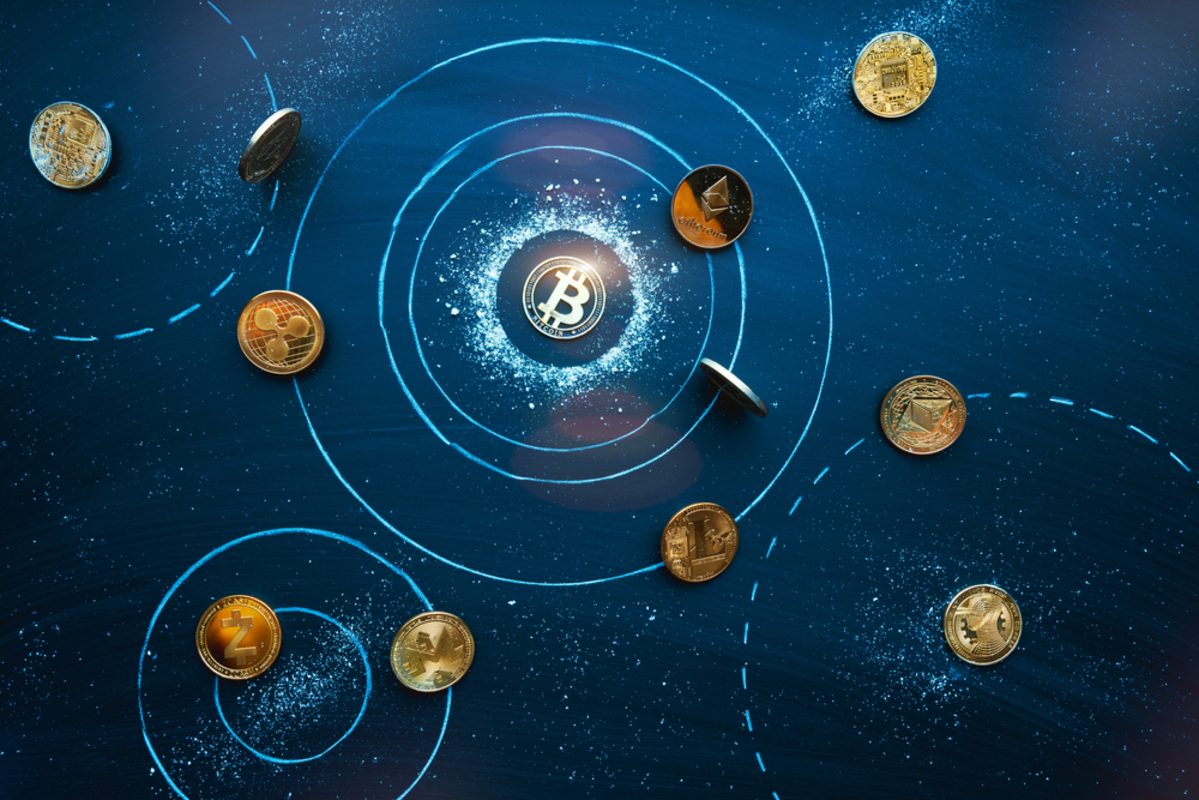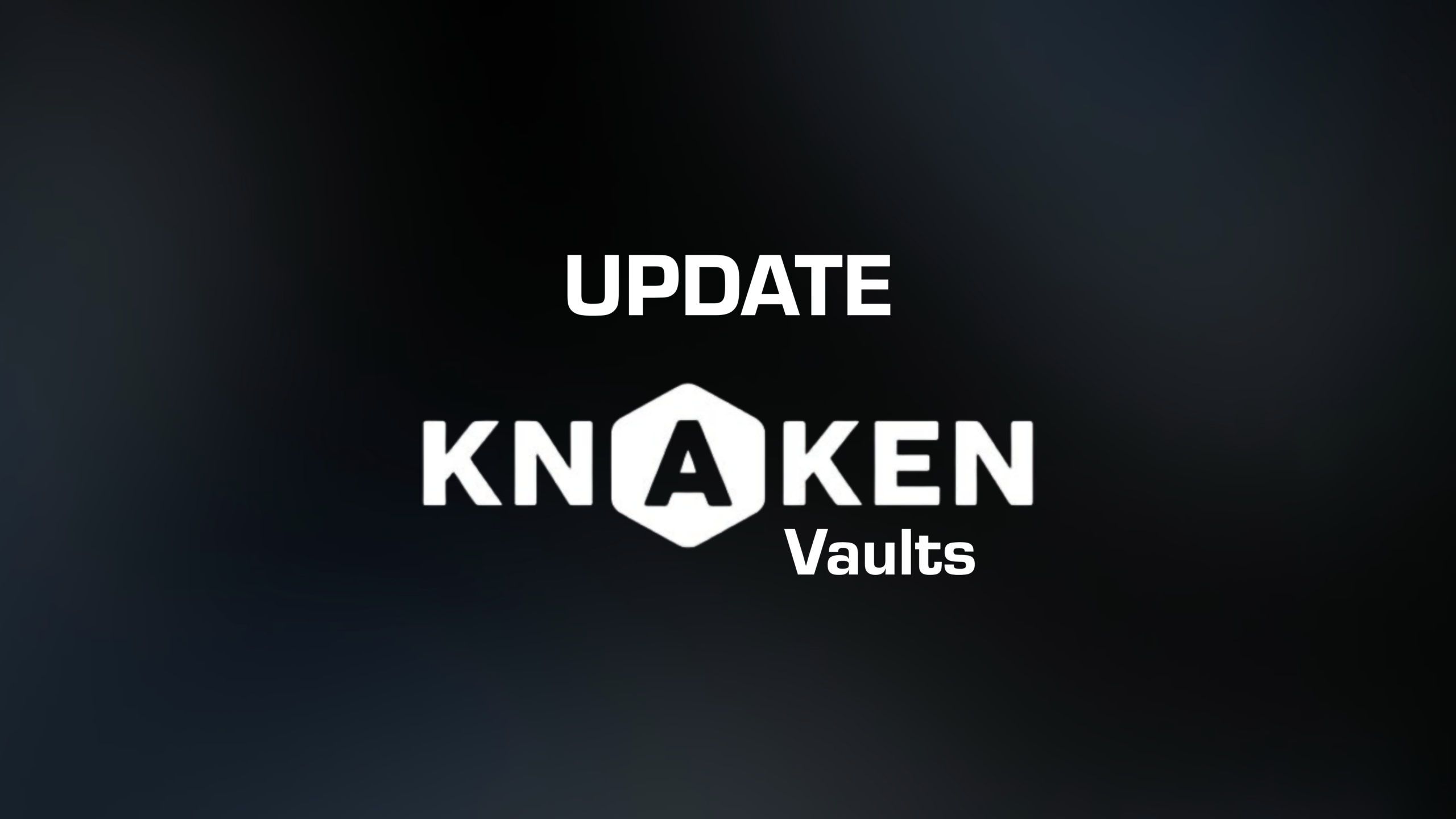Dino Decentralized in Name Only (DINO)
Overview of DINO
The term Dino Decentralized in Name Only (abbreviated as DINO) refers to a classification of cryptocurrencies and blockchain projects that claim to be decentralized but, in practice, exhibit centralization characteristics. This phenomenon has emerged as a point of contention within the crypto community, particularly as decentralized finance (DeFi) and other distributed technologies gain popularity. Advocates for true decentralization emphasize the importance of genuine decentralization in maintaining the integrity, security, and functionality of blockchain systems.
Characteristics of DINO Projects
DINO projects often present a facade of decentralization while lacking the core attributes that define truly decentralized systems. Common characteristics include:
- Centralized Governance: Many DINO projects feature centralized entities or core teams that control project development and decision-making processes.
- Limited Node Participation: Some networks promote a decentralized brand but restrict participation to a select group of validators or nodes, undermining the decentralization principle.
- Token Distribution Concerns: DINO projects may have uneven token distribution, leading to a small group of holders exerting significant influence over the project.
- Centralized Development Teams: A reliance on a single or small group of developers can lead to a lack of community-driven improvements and updates.
- Susceptibility to External Control: Projects that are reliant on regulatory bodies or centralized exchanges may succumb to external pressures that limit their perceived decentralization.
Implications of DINO in the Crypto Space
The prevalence of DINO projects poses several implications for the crypto landscape:
- Investor Trust Issues: As investors become more knowledgeable about the importance of decentralization, they may become hesitant to engage with projects that exhibit DINO characteristics, leading to potential market instability.
- Market Confusion: The presence of DINO projects can create confusion among investors and users who are unable to distinguish between truly decentralized and centralized offerings.
- Ethical Concerns: DINO projects may raise ethical questions regarding transparency and accountability, as they may not fully disclose their centralized aspects to users and investors.
- Impact on Innovation: The focus on DINO projects could stifle innovation in the blockchain space, as true decentralized alternatives may struggle to gain traction in a market dominated by less decentralized offerings.
How to Identify DINO Projects
Investors and users can identify potential DINO projects by analyzing several factors:
- Research Governance Structures: Investigate the governance model of a project; true decentralization should involve community participation in decision-making.
- Examine Node and Validator Distribution: Check the distribution of nodes and validators to ascertain whether it is centralized or decentralized.
- Assess Tokenomics: Review the token distribution and allocation to determine if a small number of holders control a large portion of the tokens.
- Evaluate Community Engagement: Consider the level of community involvement in development and project decisions; a strong decentralized project typically fosters an active community.
- Review Development Teams: Analyze the composition of development teams and their commitments to decentralization and transparency.
Conclusion
In conclusion, the term Dino Decentralized in Name Only serves as a critical reminder for participants in the cryptocurrency ecosystem to remain vigilant regarding the true nature of decentralization. As the crypto space continues to evolve, understanding the characteristics and implications of DINO projects will be essential for fostering a more transparent and equitable digital economy. By promoting genuine decentralization, the community can work towards a future where blockchain technology retains its promise of enhanced security and democratization.


















